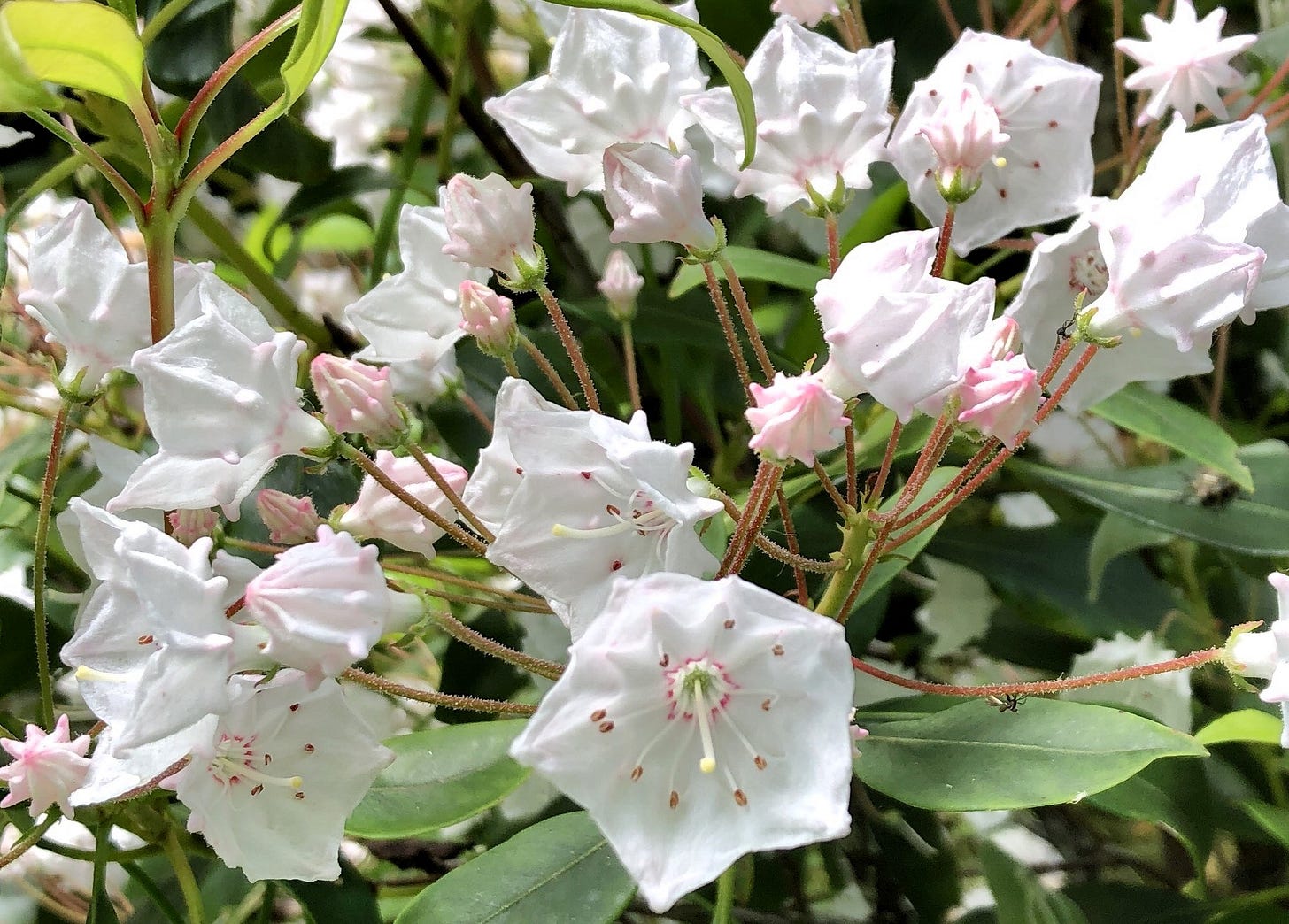
I love budget gardening.
If I can garden without spending any money, I’m a happy bunny.
One of the ways I do this is by nurturing the retro plants left in my garden by previous tenants/owners.
And where it’s safe to do so, I embrace the non-cultivated wild plants that have found their own way into my garden.
If I have to buy plants, they must be ‘good value’.
In last week’s post, I explored three perennials that are good value because they flower all summer and come back year after year.
This week I’m writing about soil because if you shell out on a plant that doesn’t like the soil in your garden, it will fail and you’ll have wasted not only your time, but also your money.
Read on to discover how to find out what sort of soil you have, so that you can buy plants that will enjoy your garden and are worth your time and money.
Soil structure
When it comes to identifying the type of soil you have, there’s a couple of things to consider.
First, you need to know what structure and texture your soil is.
Do you have a clay, sandy, silt or loam soil? This all depends on the size of the particles, which, in turn, affects how air and water travel through your soil.
In an episode of GQT, Chris Beardshaw uses a great analogy to help you understand this.

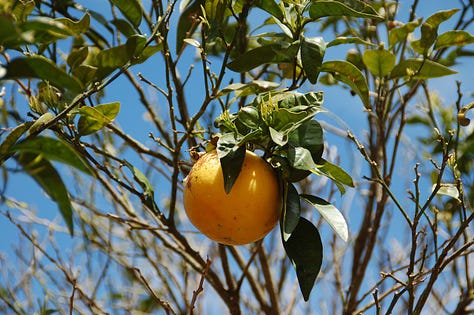
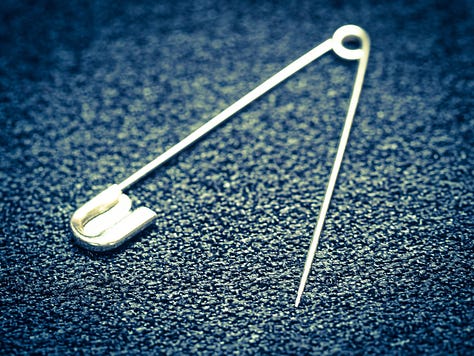
He says that if sand particles were the size of beach balls then silt particles would be grapefruit-sized and clay particles would be the size of pinheads in comparison.
He then explains why sand and silt therefore can’t hold onto water or nutrients as well as clay soils can:
‘If you have sand which essentially is made up of a load of beach balls, if you try to stack them together there are lots of air spaces between and those gaps are too large for the surface tension of the particle to hold moisture.
And so not only does the moisture flow through the gap, there’s very little water can actually cling to the outside of the sand particle. And without the moisture clinging, you don’t have the nutrients clinging.It's very different with the smaller particles in clay where the surface tension is incredibly high - which is why we have very sticky clay soils.’
Chris Beardshaw, GQT at Home: Fertilised Vines and Garden Crimes, 28.5.21, 09.23
So sandy and silty soils are well aerated, warm up quickly in the spring and are free draining which makes them easy to work with but they often lack nutrients.
Clay soils are more fertile and nutrient rich but they aren’t as well aerated (unless you have lots of worms) which means they bake hard and crack in the summer. And because water takes its time to drain through the soil, it can be wet, slow to warm up in spring and become compacted and difficult to plant into.
‘Loams are comprised of a mixture of clay, sand and silt that avoid the extremes of clay or sandy soils and are fertile, well-drained and easily worked. They can be clay-loam or sandy-loam depending on their predominant composition and cultivation characteristics.’
‘Soil types’. rhs.org.uk. Accessed 13.6.24
ph level
The second thing you need to know about your soil is its ph level because certain plants require an acid, ericaceous soil and won’t grow well in an alkaline environment.
‘Certain plants that have evolved from woodland, mountainside or heathland, require soil that's acid or neutral as they cannot absorb some nutrients in alkaline or limy soil. These plants belong to the family Ericaceae, hence the term 'ericaceous'.
‘Ericaceous compost’. Gardenersworld.com Accessed 13.6.24
So how do you find out what type of soil you have?
You can do this in two ways.
By getting stuck in yourself or by accessing someone else’s data online.
You’ll learn more and feel more connected by getting stuck in.
But it’s a quicker and much cleaner process to just go online.
I’ve explored both methods so you can choose to do one or the other or, if you want to be really precise, both!
(NB: Before I started this process, I thought I had heavy, clay soil).
Get stuck in!
Go into your garden and dig up some soil.
Rub it between your fingers to see if it feels grainy / sandy.
See if you can roll it into a sausage. Sandy soils won’t hold but heavy clay can be easily made into a long thin sausage.
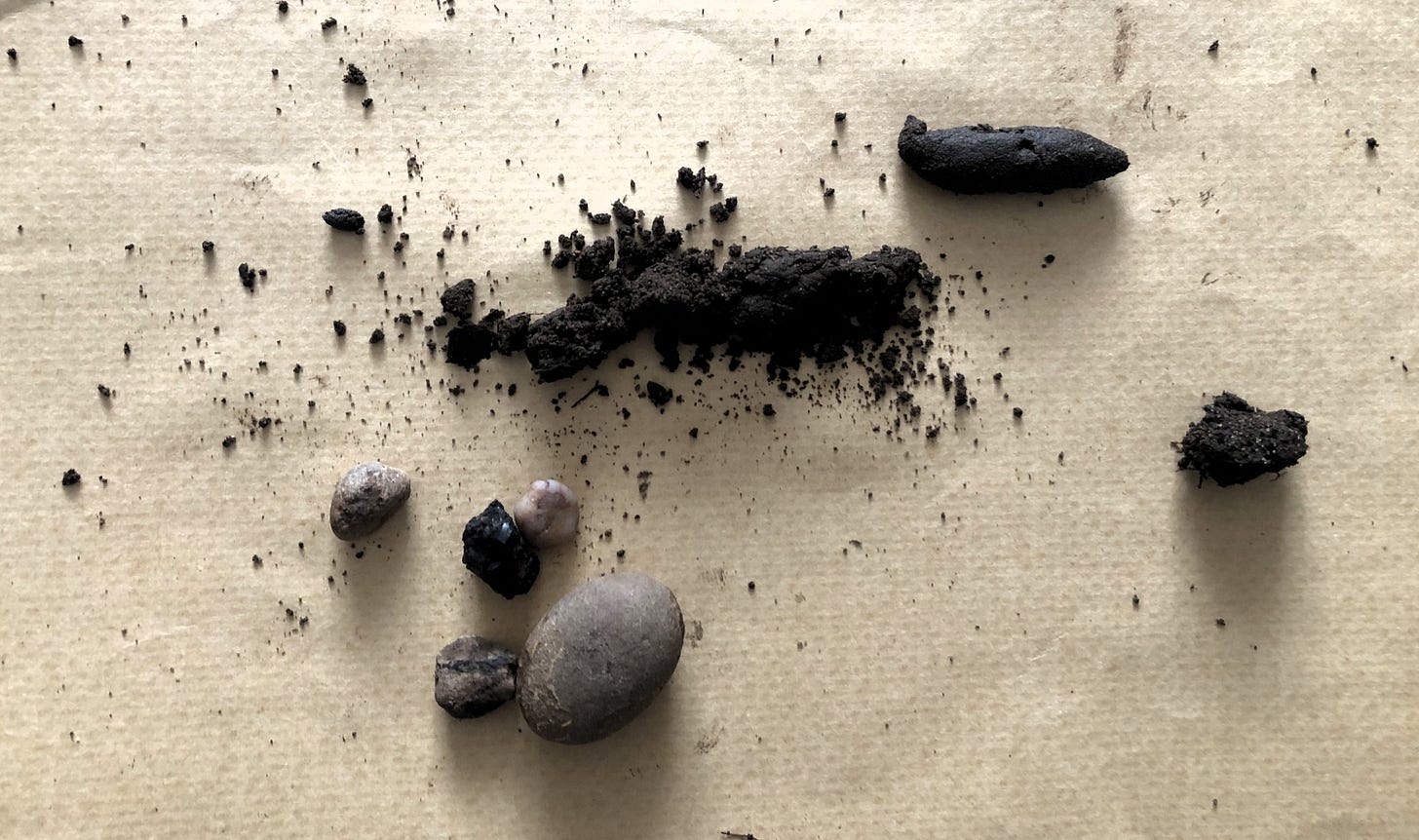
Go to your local garden centre and purchase a soil testing kit. I got mine for £5.99.
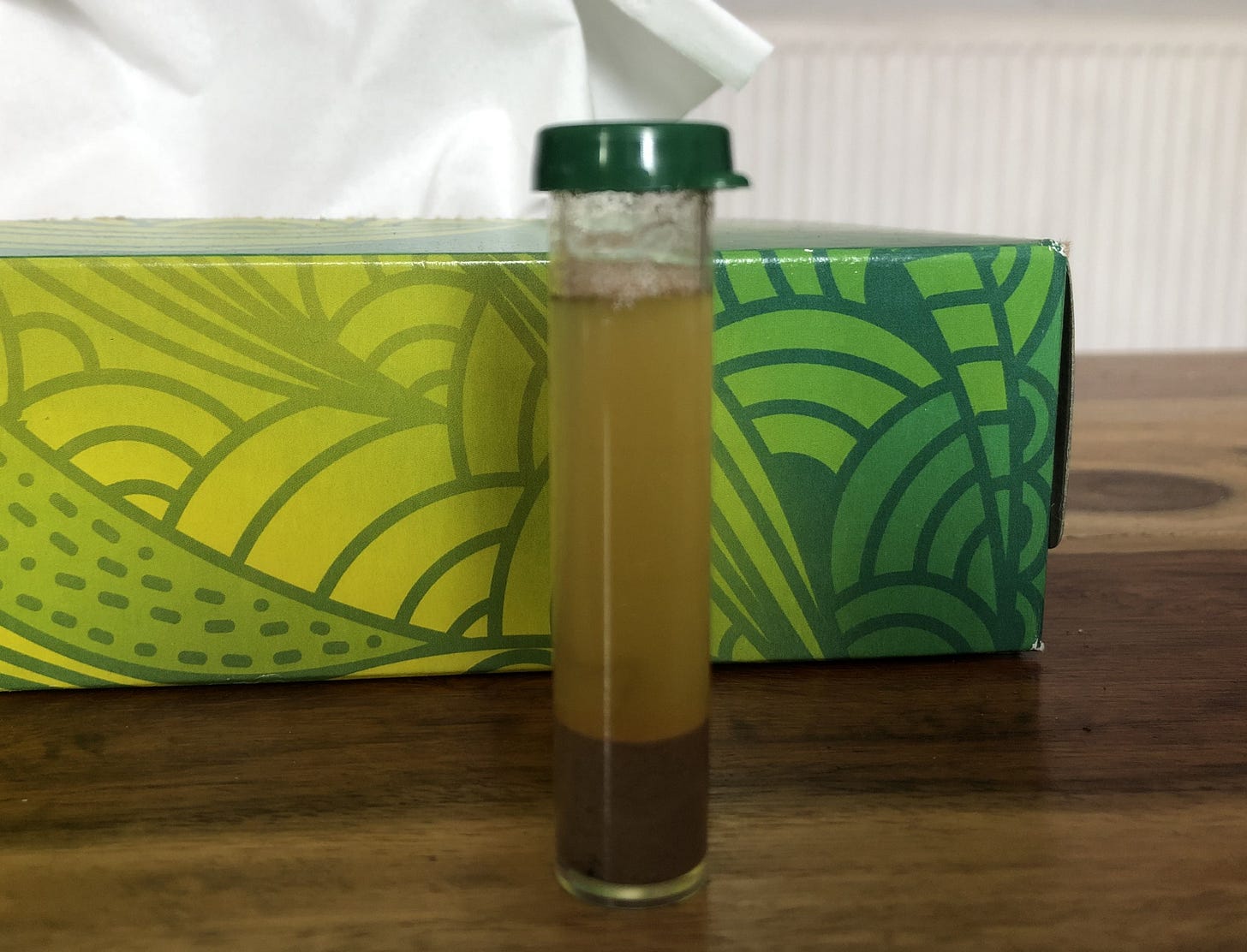
After doing these tests, I concluded I have a grainy, crumbly, acidic clay soil. It’s not heavy clay because it doesn’t easily roll into a sausage. The sandy grains I could feel and see in the soil, may make it a clay loam.
Go online
If you don’t want to get your hands dirty, you can follow this link to use LandIS free soil reporting tool. It uses your location and draws on its soilscapes dataset to give you a report on the soil in your garden.
Your report will tell you about your soil’s structure, texture and ph level. It will tell you about how it drains and where it drains water to. And it’ll tell you how fertile your soil is and how much carbon it has! (The more carbon soil has, the better its structure, water retention, nutrient availability and resistance to erosion).
My soilscape is 17: ‘Slowly permeable seasonally wet acid loamy and clayey soils’ which confirms what I thought after I’d tested the soil with my hands.
I’ve discovered then, that my soil is clay loam. I wasn’t expecting this and I wasn’t expecting my soil to be acidic either!
And now I understand why I can’t grow lavender in my garden. It doesn’t like my ‘slowly permeable’ soil!
What will you find out about the soil in your garden?
What to think about when considering buying a plant
First, check if it needs acid soil.
Most of the plants I’ve found that need ericaceous soil seem to be shrubs like rhododendrons and azaleas, camellias, blueberries, and kalmia.
There isn’t a group of plants that need alkaline soil; there are, however, plants that can grow in any fertile soil but do better in alkaline soil. So if after doing some research, it seems the plant you have your eye on does not need acid or ericaceous soil, see if it prefers a sunny or shady position.
Although they are listed in my ‘Reader’s Digest Encyclopedia of Garden Plants and Flowers’ as liking alkaline soil, I can grow hostas successfully in my garden. I assume this is because they like a bit of shade and moist soil so my shady garden with its ‘slowly permeable’ soil is ideal for them (and trumps my acidic soil.)
In conclusion, if you want to save yourself both time and money, follow Beth Chatto’s concept of ‘right plant, right place’ which means ‘if you give a plant the right growing conditions, it will reward you tenfold.’





